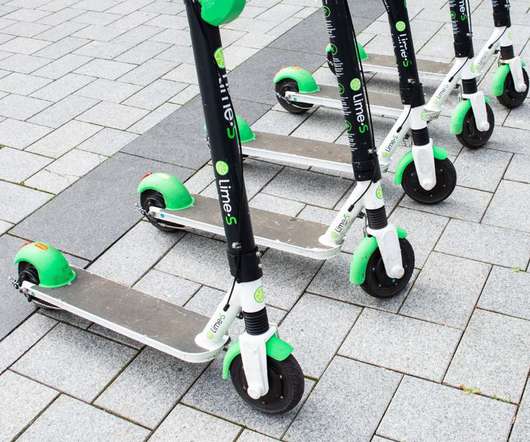New Flyer supports San Francisco launch of emission-reducing Green Zones; geofencing for EV mode
Green Car Congress
OCTOBER 17, 2019
has successfully met and supported the launch of the San Francisco Green Zone requirement, using New Flyer Connect to execute GPS-triggered (geofencing) functionality with the San Francisco Municipal Transportation Agency (SFMTA) and BAE Systems PLC (BAE). New Flyer of America Inc.












Let's personalize your content